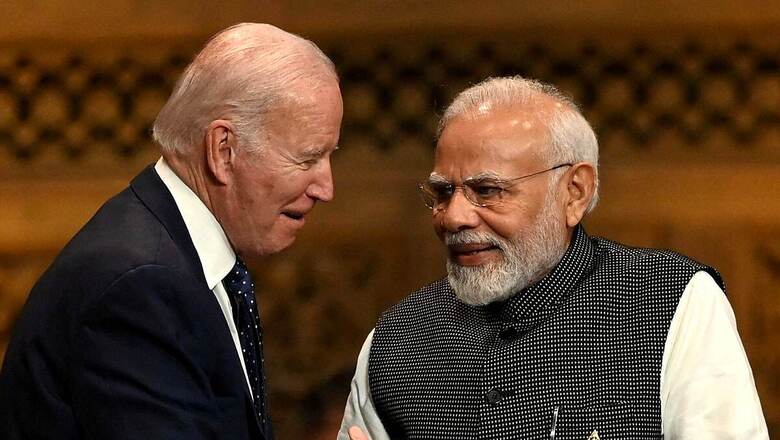
views
Prime Minister Narendra Modi is in the US on a state visit. The newspaper columns to media reports are filled with the fanfare of the visit which will include discussions primarily over Initiatives on Critical and Emerging Technology (iCET) and defence cooperation. The former is relatively a newer area of cooperation which comprises quantum computing and artificial intelligence, semiconductors, and others, while defence cooperation between the two predates the cold war era. And today is especially guided by not only the compulsions of the evolving geopolitics in the Indo-Pacific region but also to fulfil the requirements on both sides. However, before counting too much, it is important to have a transparent analysis of various highs and lows of the India-US defence cooperation.
During the Cold War, India and the US were on the opposite side of the fence. But the leaf was turned with the end of the war. First, due to the changed geopolitical scenario and second, due to the growing economic profile of India and the reverberations it created in the US Commerce Department as a big emerging market. Despite the hiccups due to the nuclear test, the India-US ties have indeed travelled a long distance and moved from estrangement to engagement.
Amidst the multidimensional bilateral ties between New Delhi and Washington, defence cooperation constitutes a quintessential aspect of it. The bilateral defence cooperation has become increasingly robust in the last two decades, beginning with the 2005 defence agreement, which was later renewed and extended for ten years in 2015. India is also considered a pivotal partner for the US in the Indo-Pacific region which was reflected in the 2015 US-India Joint Strategic Vision for the Asia-Pacific and the Indian Ocean Region under the Obama Administration to deal with the common threat of China in the region.
The defence partnership was further elevated by designating India as the Major Defence Partner in 2016. Former President Donald Trump further reiterated the importance of India in the Indo-Pacific by not only rejuvenating the QUAD but also mentioning strengthening ties with India under the Asia Reassurance Initiative Act. India is also a signatory to all four foundational agreements of the US, thereby further deepening and widening the defence ties. In this direction, India’s exemption from Countering America’s Adversaries Through the Sanctions Act (CAATSA) to purchase the S-400 Triumf missile air defence system was a significant step to take the relationship on an upward trajectory.
Despite the above highs in bilateral defence cooperation over the past two decades, the most recent SIPRI report mentions that Russia remains the largest supplier, while France remains the second-largest supplier to India. Moscow contributes nearly half of India’s defence imports even today. On the other hand, the US share is a mere 11 percent even as India is the most lucrative defence market in the world. What is it that other countries like Russia and France are getting on the table and the US is not?
The most important is the Transfer of Technology (ToT). With New Delhi expected to spend around $250 billion on defence modernisation by 2025, and the laser-like focus of the government on Atmanirbharta or indigenous manufacturing, ToT is the need of the hour. Here PM Modi’s Make in India finds resonance with America’s quest for a major source of export for its defence industries. ToT is the major impediment that has created differences between New Delhi and Washington which needs to be resolved quickly. Currently, the US has strict restrictions on the transfer of sensitive technology to other countries. With the common desire to build stronger economies and free, open, and inclusive Indo-Pacific region, the trust and confidence need to pierce deeper to really ‘deepen’ the defence ties as mentioned by US Ambassador to India, Eric Garcetti.
Another dimension of defence cooperation that requires keen attention from the US defence industry is the transfer of the most advanced technology. India has never taken China’s name implicitly. However, in its actions and initiatives, it has always implied its opposition towards the role played by China in the Indo-Pacific region, and more so in the Indian Ocean Region (IOR) as compared to the US, which has not shunned mentioning China as its peer competitor and a threat outrightly in various official documents like National Security Strategy, National Defense Strategy and even Indo-Pacific Strategy. To deal with China effectively is one of the long-term goals of the US coming close to India than ever before. In this context, it will have to provide India with the best of its cards to deal with China, which is significantly ahead of New Delhi in terms of technological and military prowess. Some analysts have gone a step ahead in pointing out that the US should go beyond platforms and also indulge in transferring offensive technologies to India.
Finalising the deal to procure the MQ-9B drones and discussions over 80 percent of the technology transfer in the case of the F-414 engine perhaps for Light Combat Aircraft Tejas MK-II is a step in the right direction. Hope is that the ToT will become a reality with PM Modi’s visit to the US and further take the bilateral ties to the zenith. The deal, if sealed under the Biden and Modi government, will be a big game changer not only for the bilateral ties but also for the next general elections in the largest and the oldest democracy in 2024.
The author is Research Associate, Centre for Air Power Studies. Views expressed are personal.










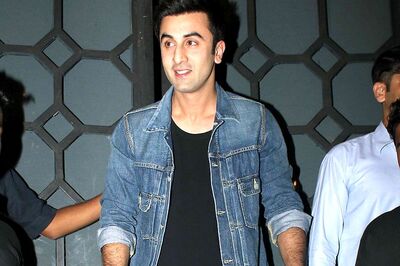
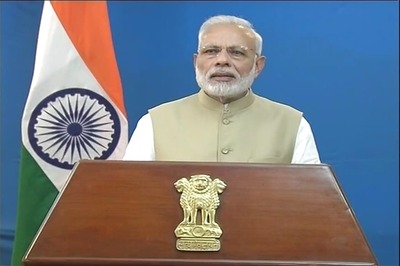


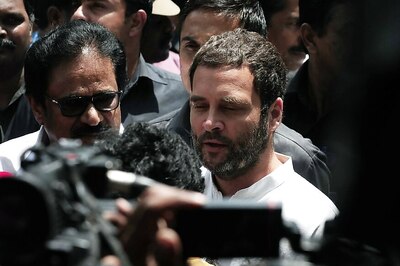

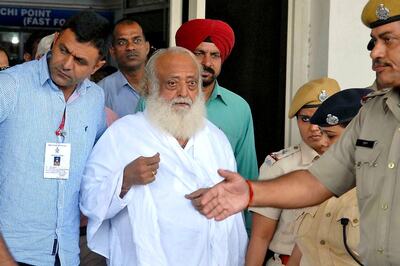
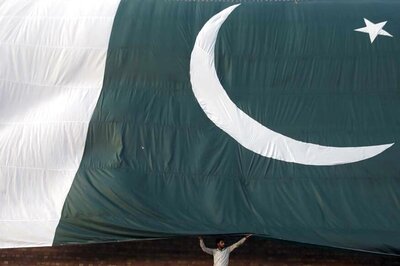
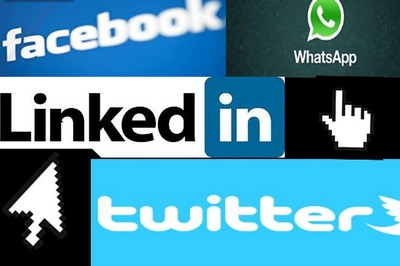

Comments
0 comment